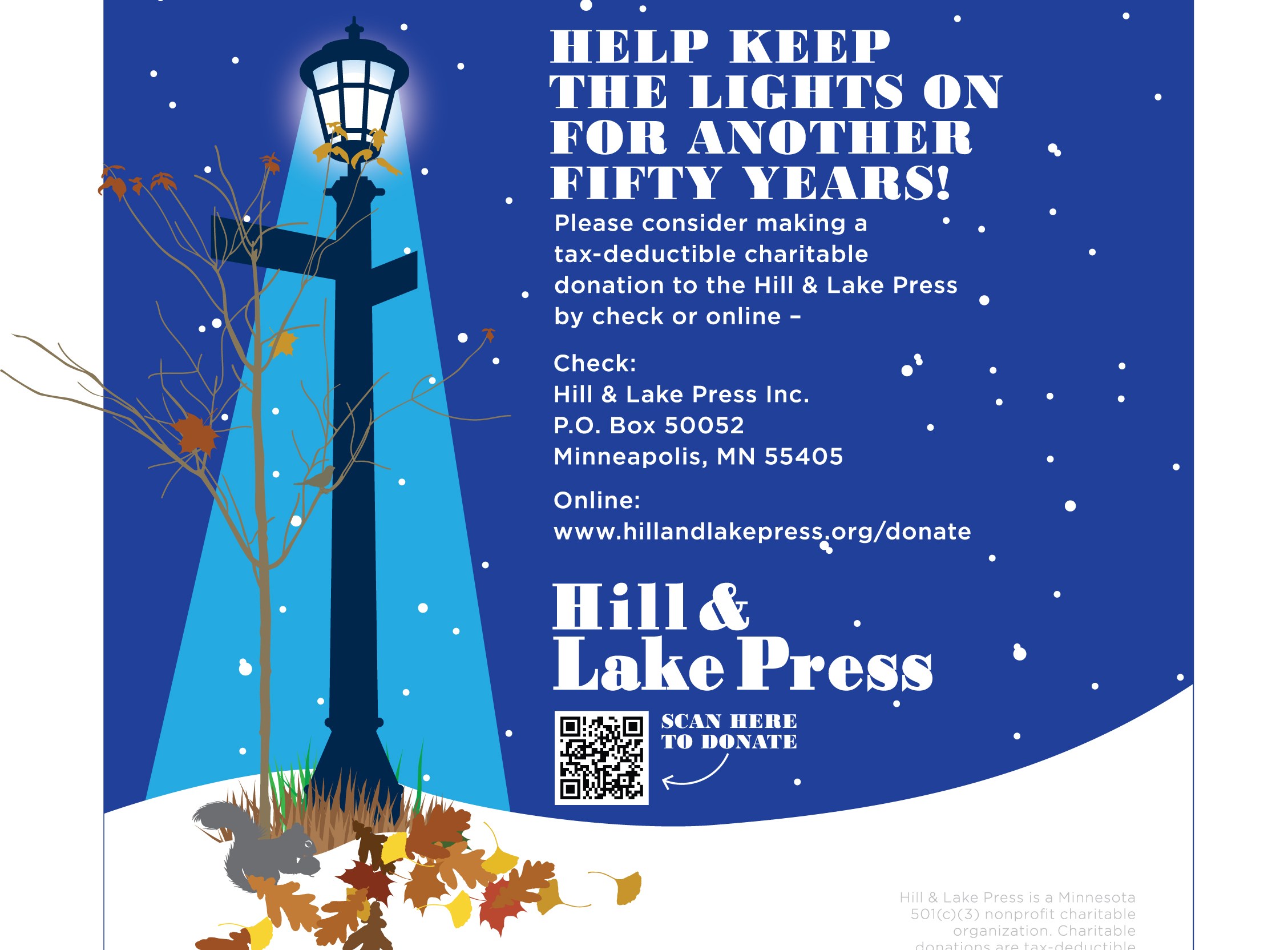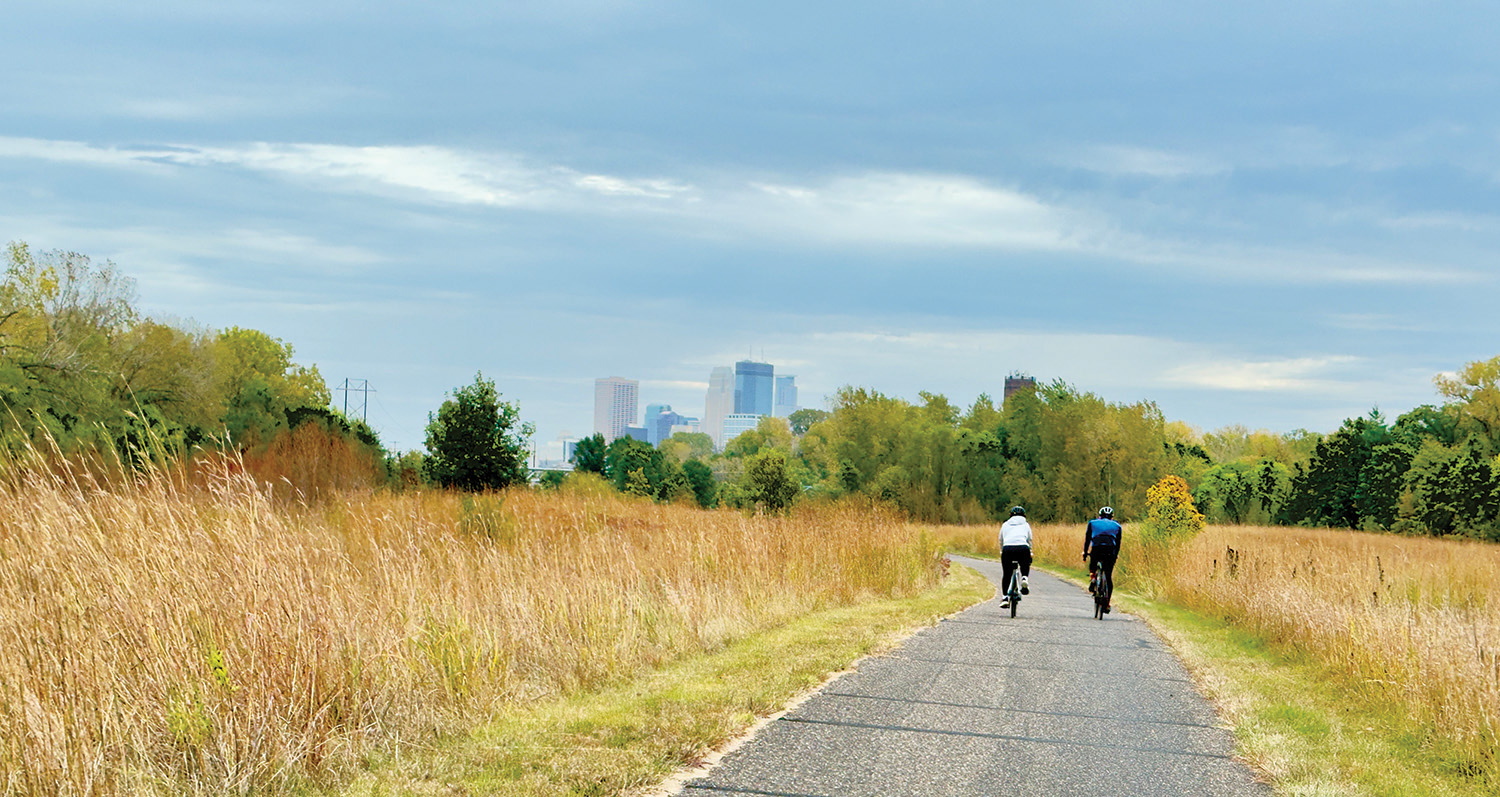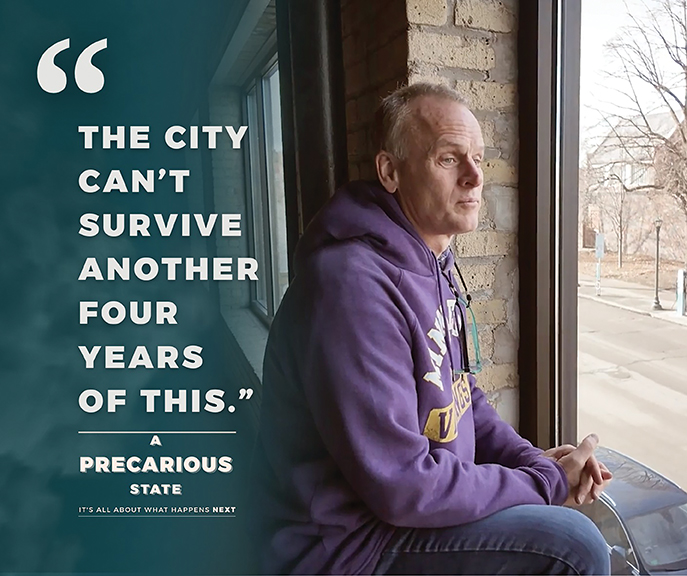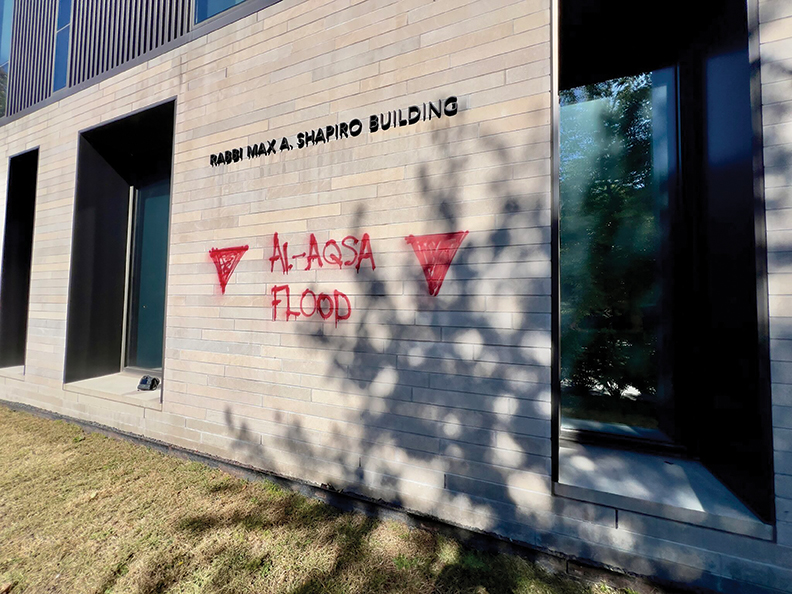We’ve all seen it, and it’s disgusting.
I’m talking about litter. You can spot it along our interstates, along curbs on residential streets, in parking lots and parks and around our lakes: it’s everywhere!
Litter is an eyesore we can live without. Litter undermines our sense of security, degrades our environment, creates hazards to humans and animals alike and hurts our economy. Litter has no redeeming qualities.
Spaces that are littered undermine our sense of well-being. Most of us do not want to be surrounded by discarded plastic bags, bottle caps, newspapers or cigarette butts. These items make areas look and feel uncared for and, at times, scary. And the persistence of litter encourages additional irresponsible behavior.
If there is litter blowing around (think plastic bags) or piled up in corners, others may feel that they have license to litter as well — what does one more plastic bottle, cigarette butt or food wrapper matter when it simply adds a little bit to the heap of trash that already exists?
And litter is not benign.
Large amounts of litter negatively impact surrounding property values and create a feeling of neglect in those areas; it can even foster a sense of lawlessness.
Litter breaks apart and slowly decomposes (although frequently not in our lifetimes) or, as is the case along many highways, is chopped into tiny pieces by lawn-mowers before finding its way to our waterways.
Take a drive in early spring along I-94 between Minneapolis and St. Paul for a shocking revelation of the vast amounts of litter that surfaces as the snow melts away, only to be hidden by growing grass before being pulverized into tiny pieces.
That trash (whether floating in the water or strewn along a high-way) poses a threat to wildlife, too. Animals can become entangled or lodged in it, ingest it (with dire consequences) or become injured by it, leaving them unable to forage or escape predators. In some instances, an animal will die, but only after considerable suffering such as from starvation.
Finally, litter hurts our economy.
Litter negatively impacts the perception of our city by visitors. I invite you to take a hard look at the roadside on your next trip to or from the Minneapolis-St. Paul Air- port and you’ll see what visitors see: it isn’t pretty.
A bad impression becomes part of what guests take home. Will they want to return?
But there are things we can do to fight back against the scourge of litter.
First, each of us can make a commitment to not litter. If we can stop people from littering, we can solve 90% of the problem. Get your kids to make a “No Litter” pledge.
You can also commit to taking direct action. In our neighborhood, you can adopt a storm drain, committing to ensuring that the drain is clear each week.
I was surprised when I learned last year that all the storm drains in our neighborhood empty into near-by bodies of water: in particular, Lake of the Isles. There is no filtration system between the storm drain and the lake, so those bottle caps, single use plastic water bottles, cigarette butts, zip ties and all manner of trash find their way into our lakes. Just take a look at the shore-line of a city lake and you’ll see plenty of little pieces of trash!
You can be part of the storm drain solution by adopting a drain at mn.adopt-a-drain.org. Once you sign up, or if you need more information, send me an email (Tom.Hoch2100@gmail.com) so that I can get you any equipment you may need as well as communicate with you throughout the season.
Minneapolis can be a cleaner, more beautiful city, but it will take all of us to make this a reality. Let’s do this together.






